Unit E. Space Exploration
1/39
There's no tags or description
Looks like no tags are added yet.
Name | Mastery | Learn | Test | Matching | Spaced |
|---|
No study sessions yet.
40 Terms
Solstice
Longest or shortest day of the year
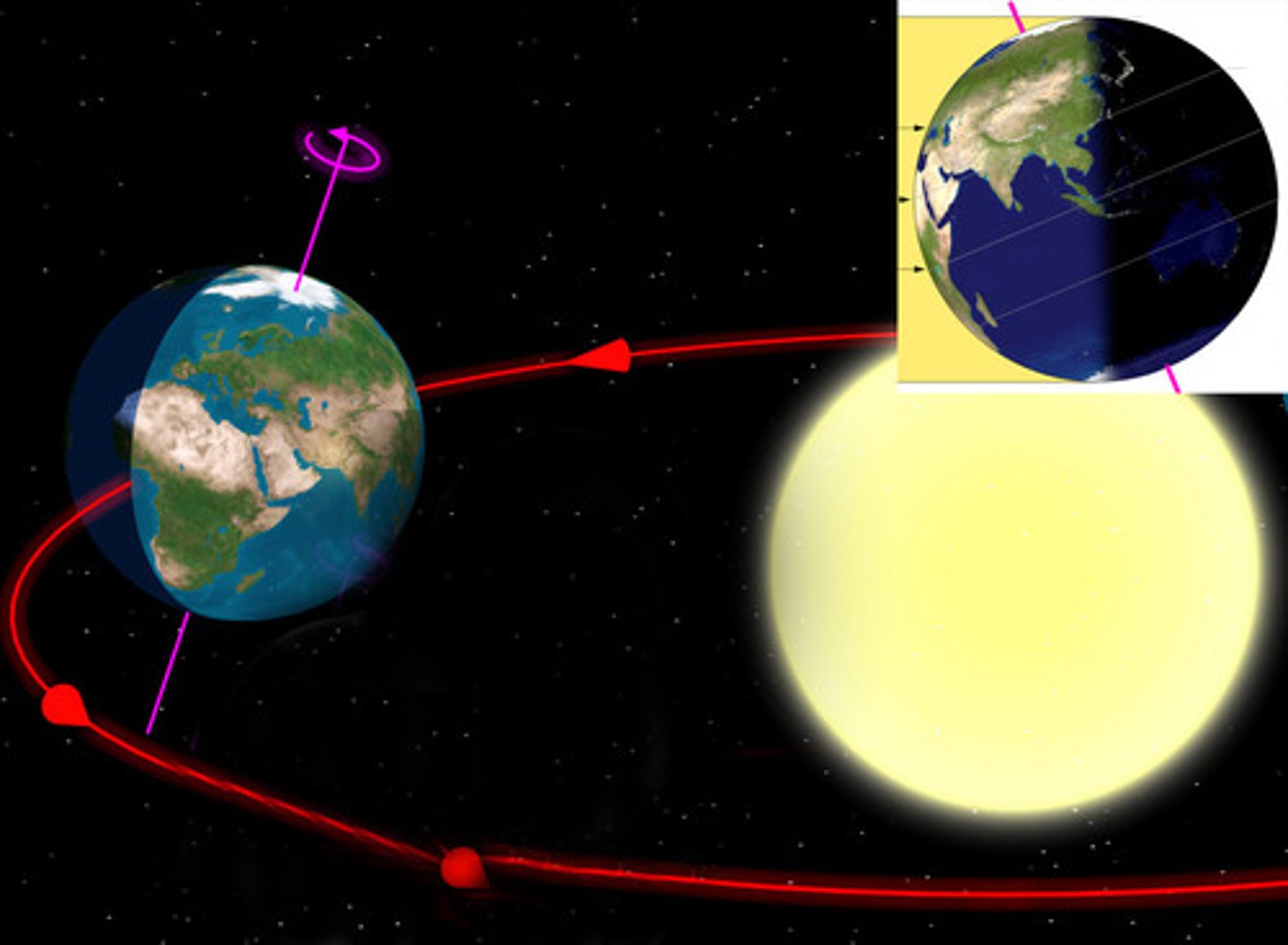
Equinox
Each of the two times of the year when days and nights are of equal length
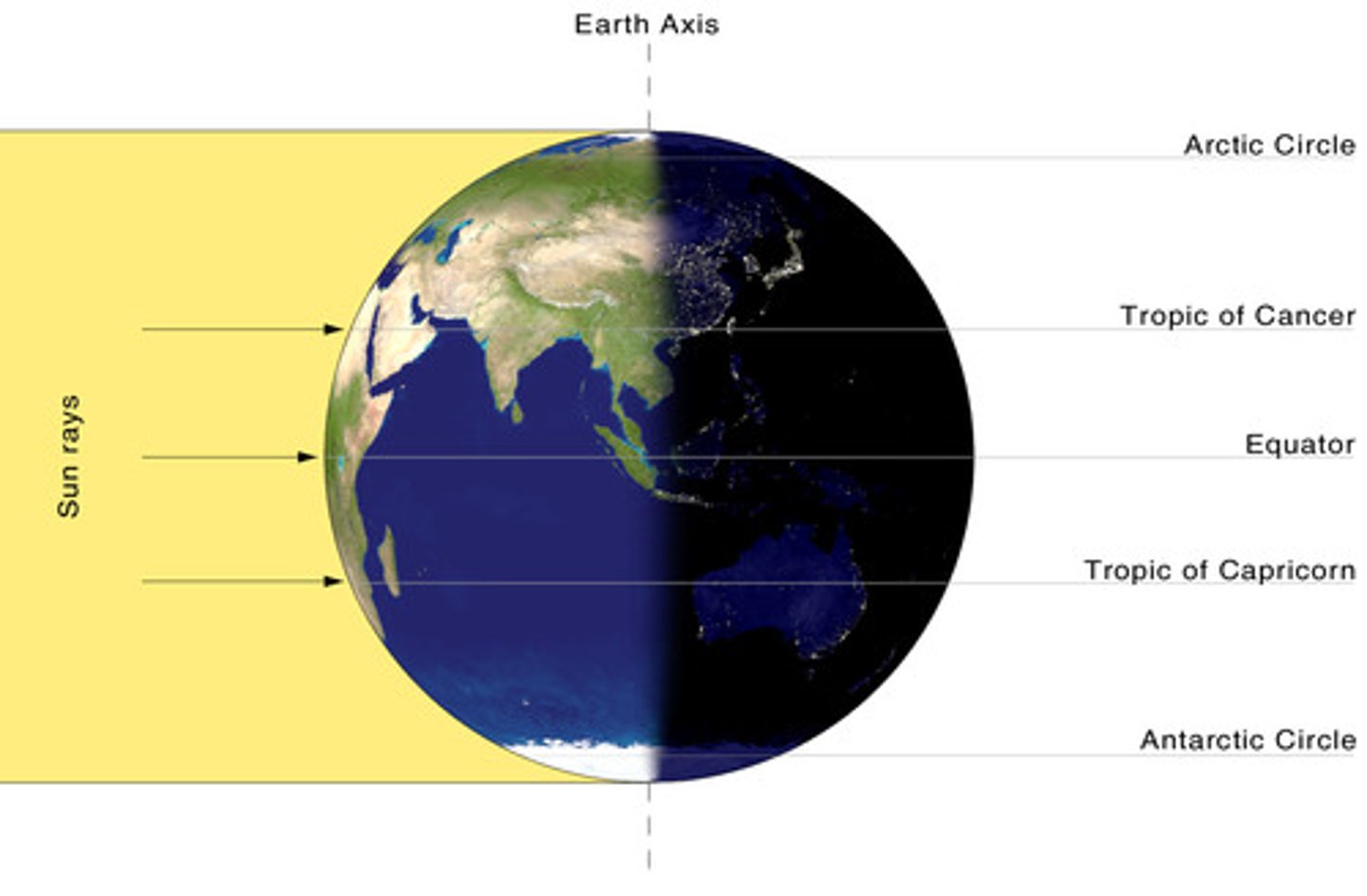
Geocentric Model
Earth is the center of the Universe
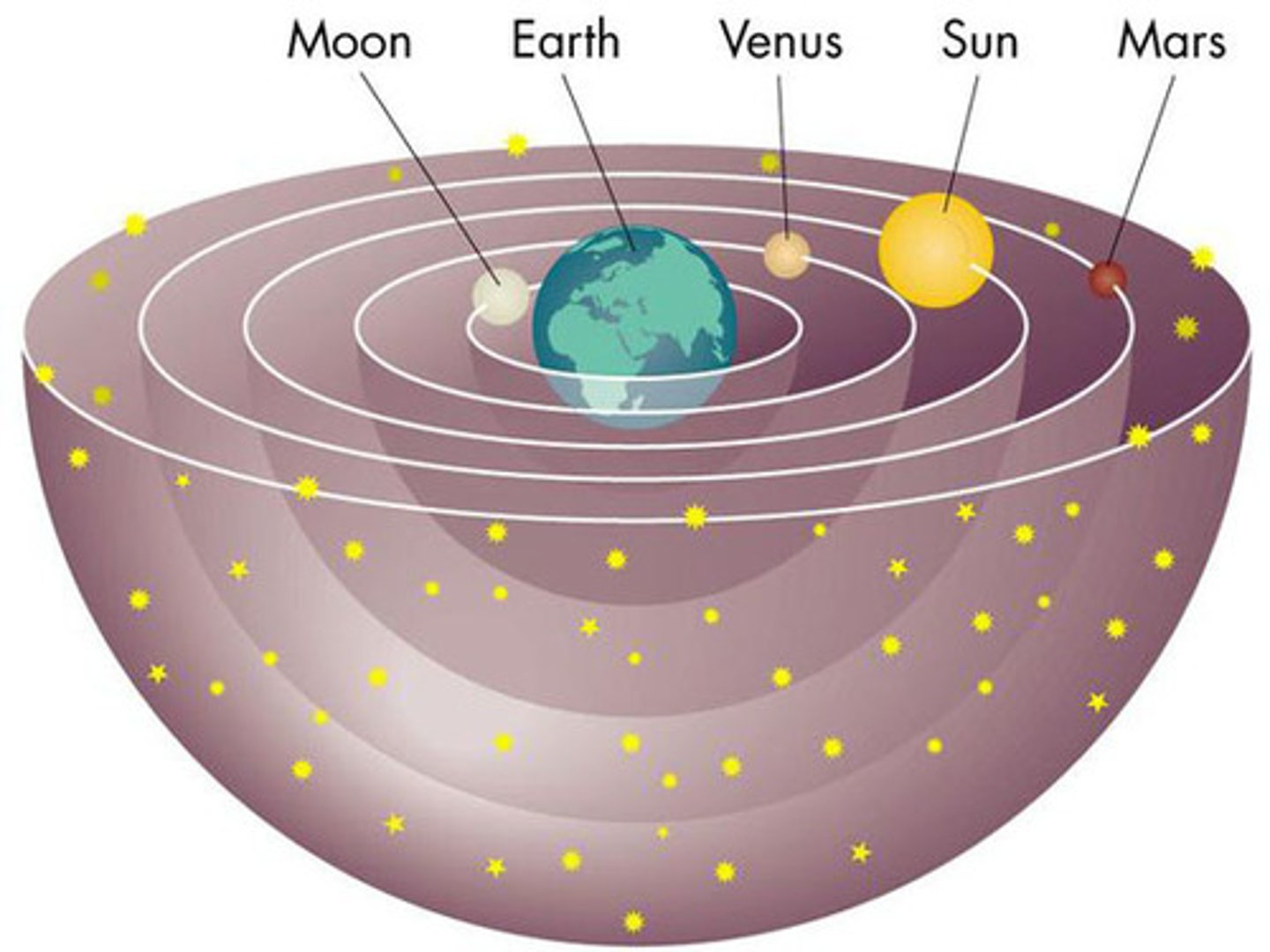
Heliocentric Model
Sun is the center of the universe
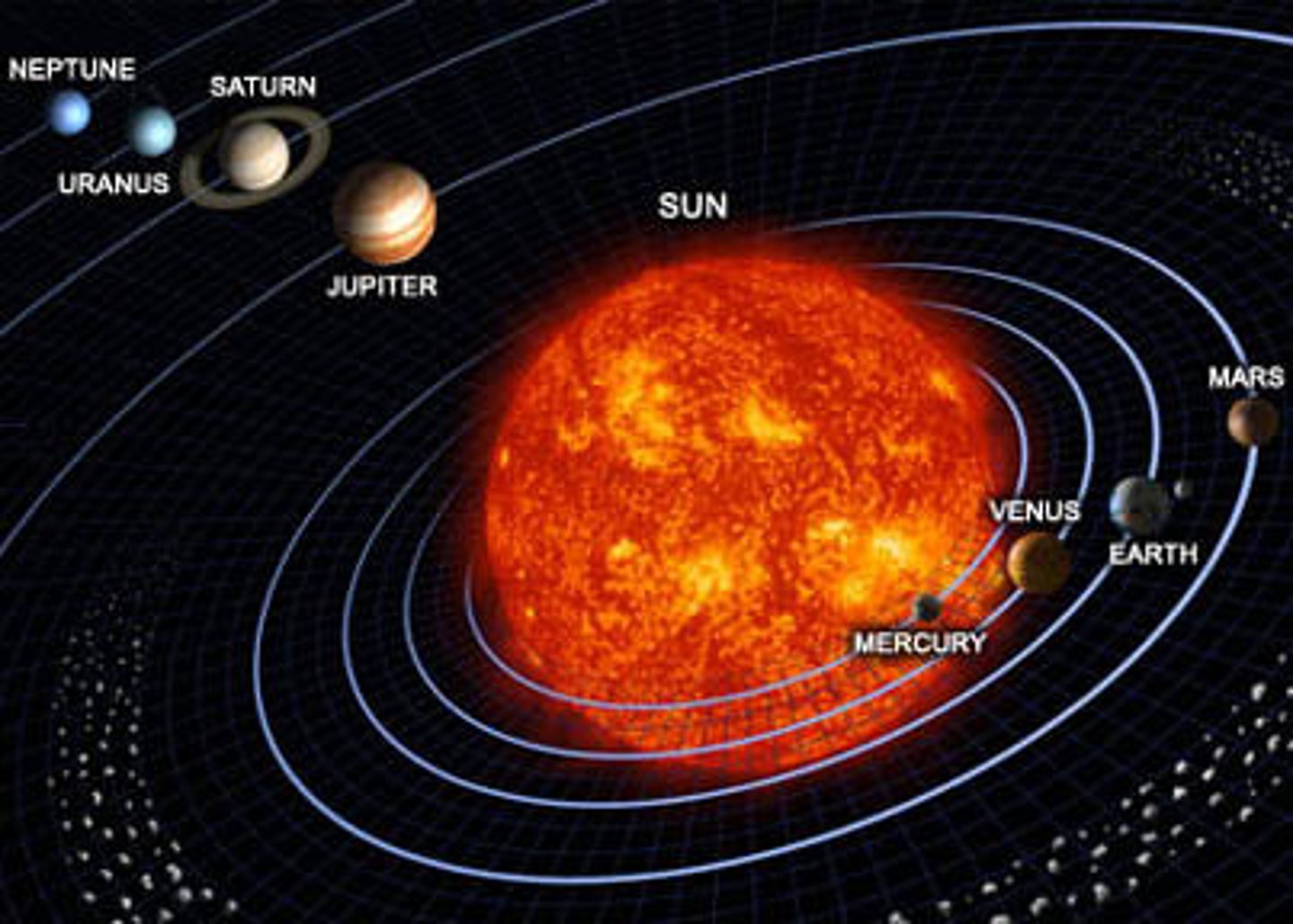
Astronomical Unit (AU)
the average distance between Earth and the sun, about 150 million km

light year
the distance light travels in one year
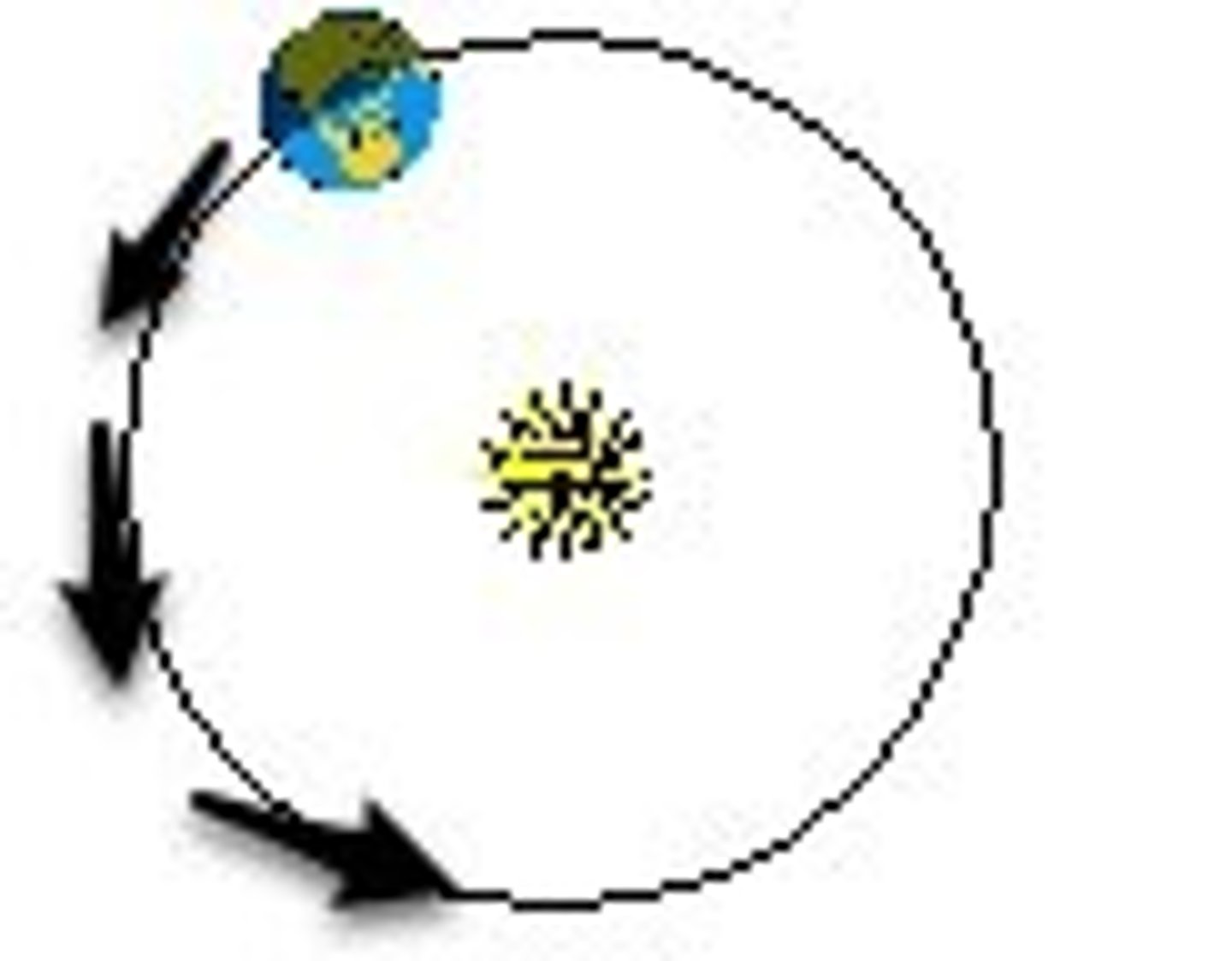
sun-like stars
one of the two main types of stars that can form. (smaller in mass than the massive stars)
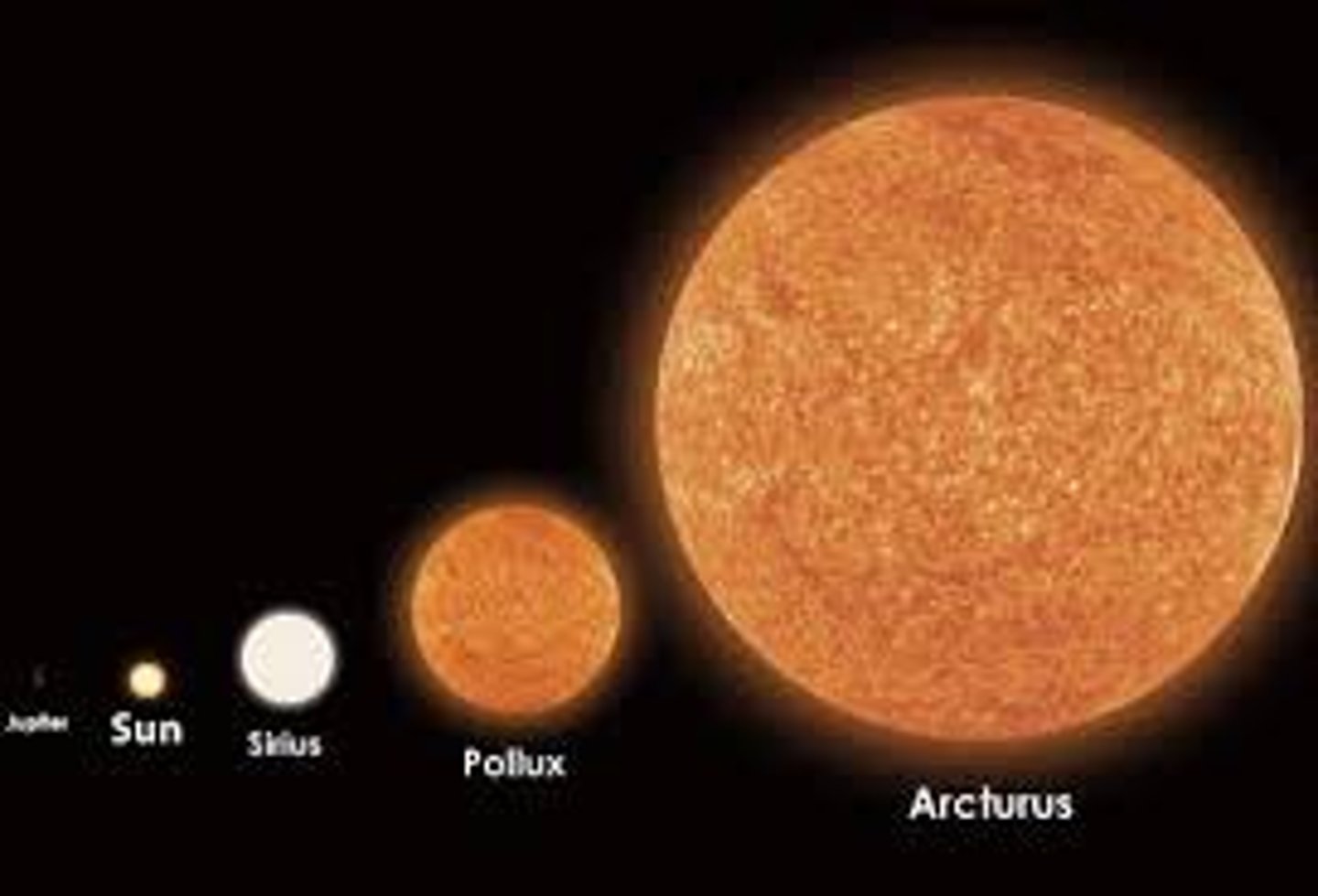
constellations
official patterns of stars in the sky
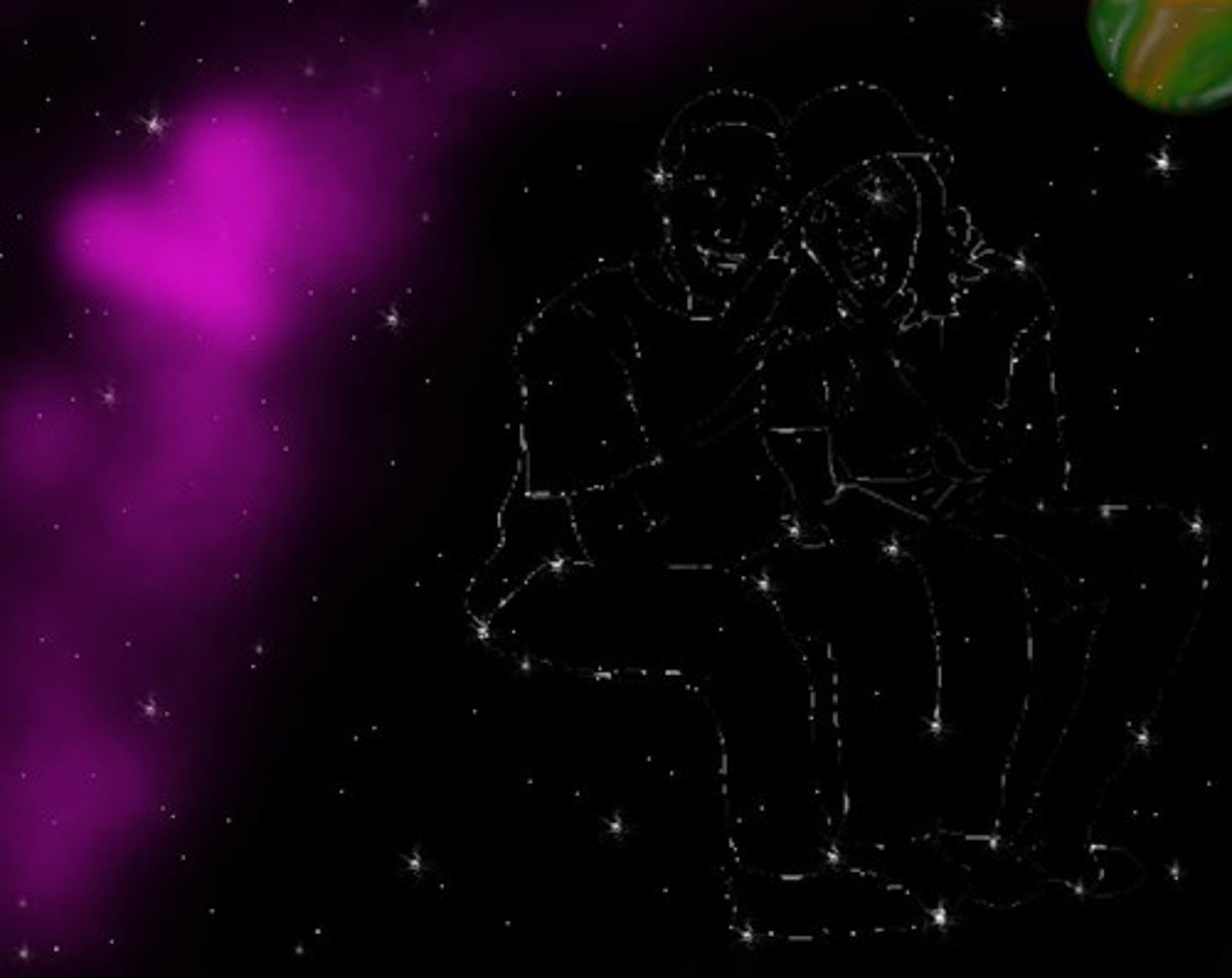
Asterism
An unofficial small grouping of stars
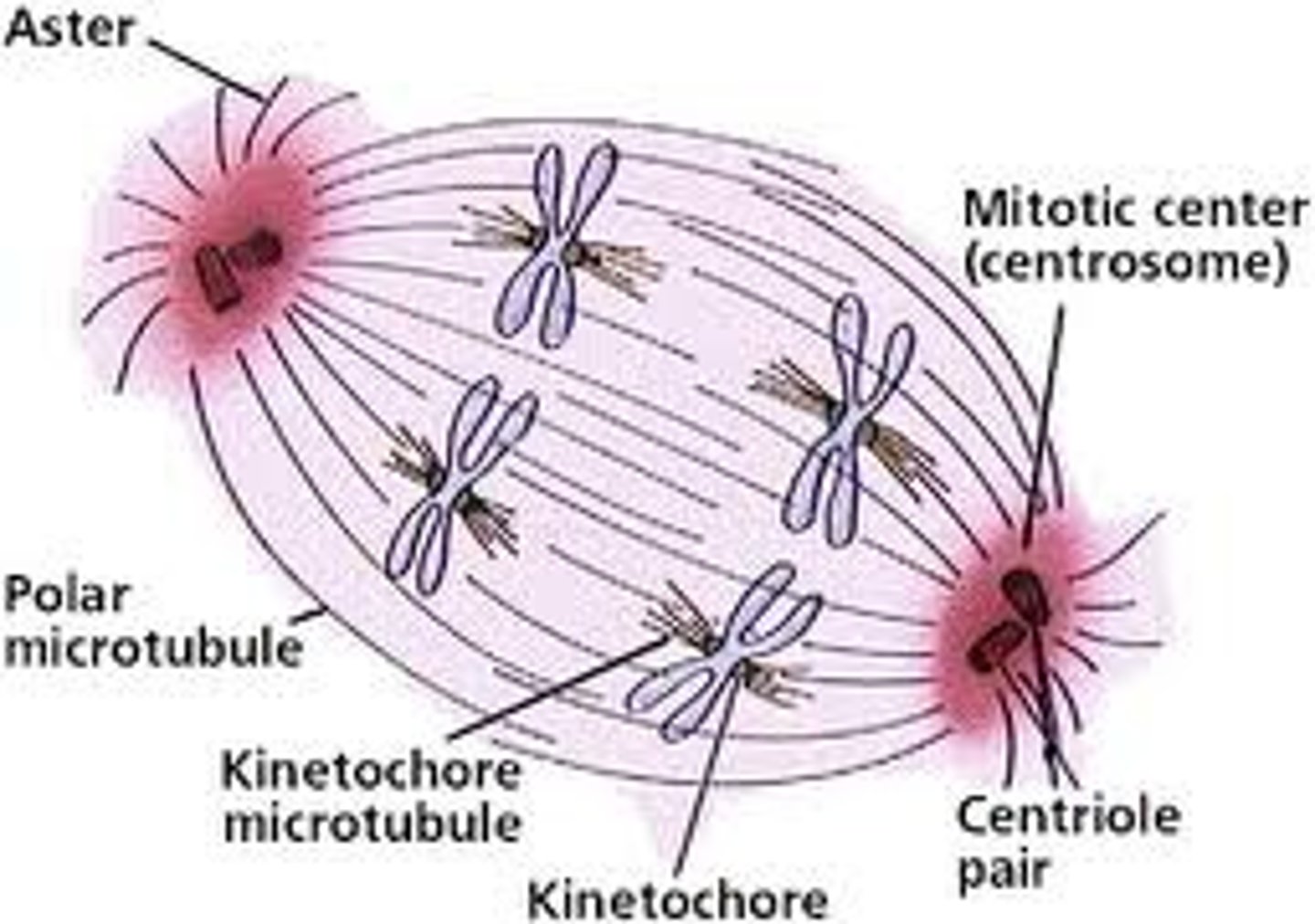
galaxy
A collection of stars, dust, and gas bound together by gravity
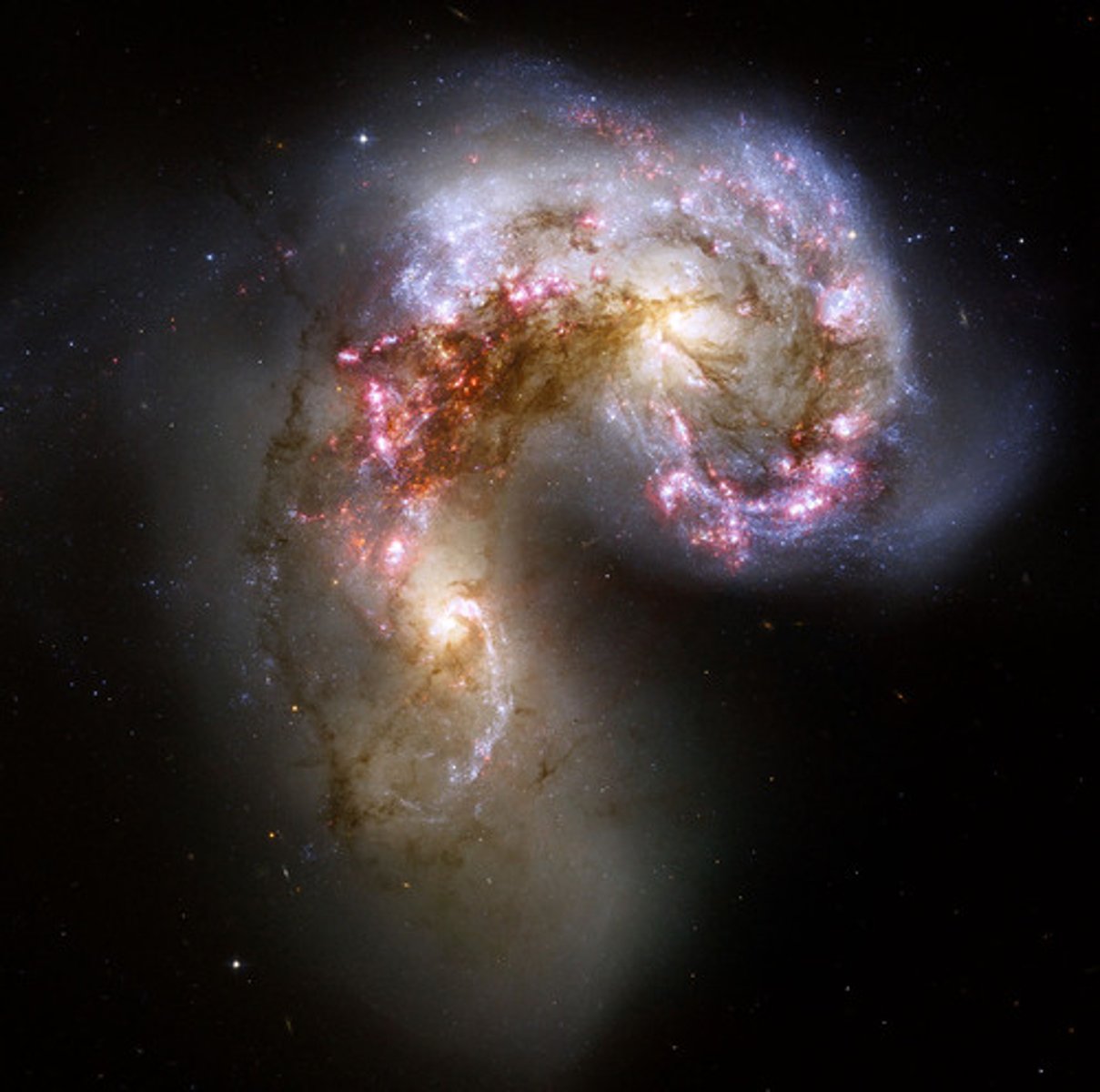
Massive Star
brightest stars, white or blue, large mass, short lifespan
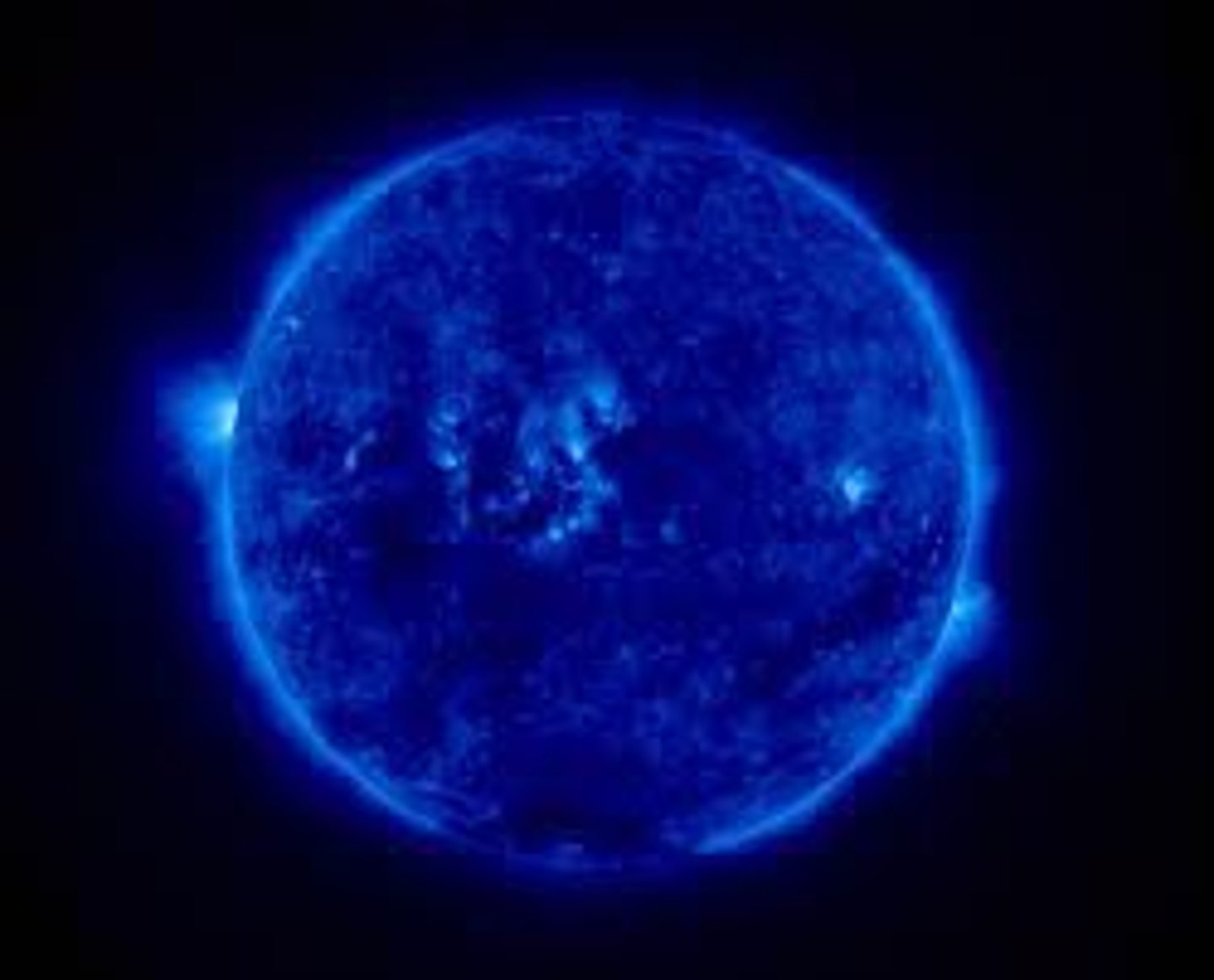
Asteroids
a small rocky body orbiting the sun
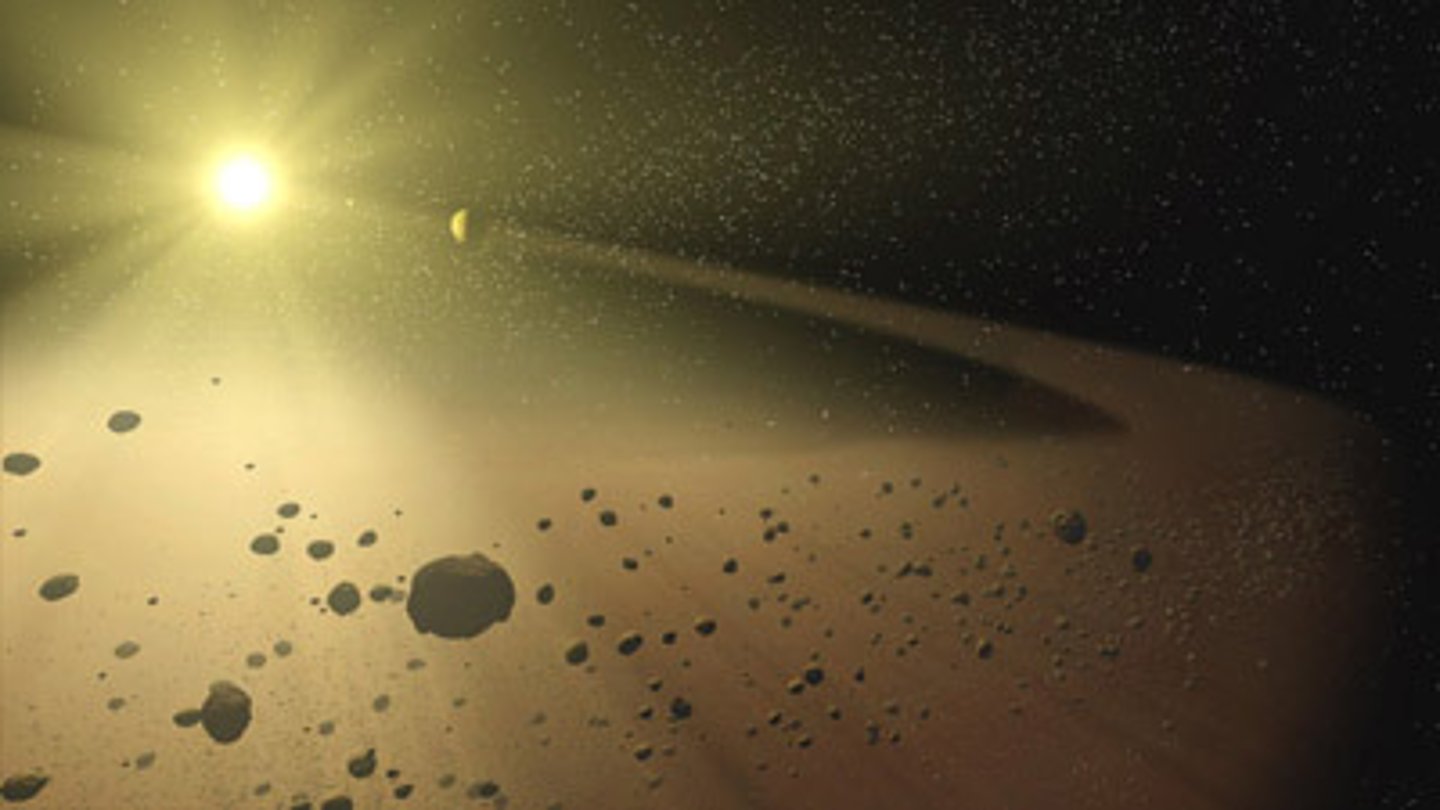
comet
A ball of frozen dust and rock that orbits the sun and has a tail that glows
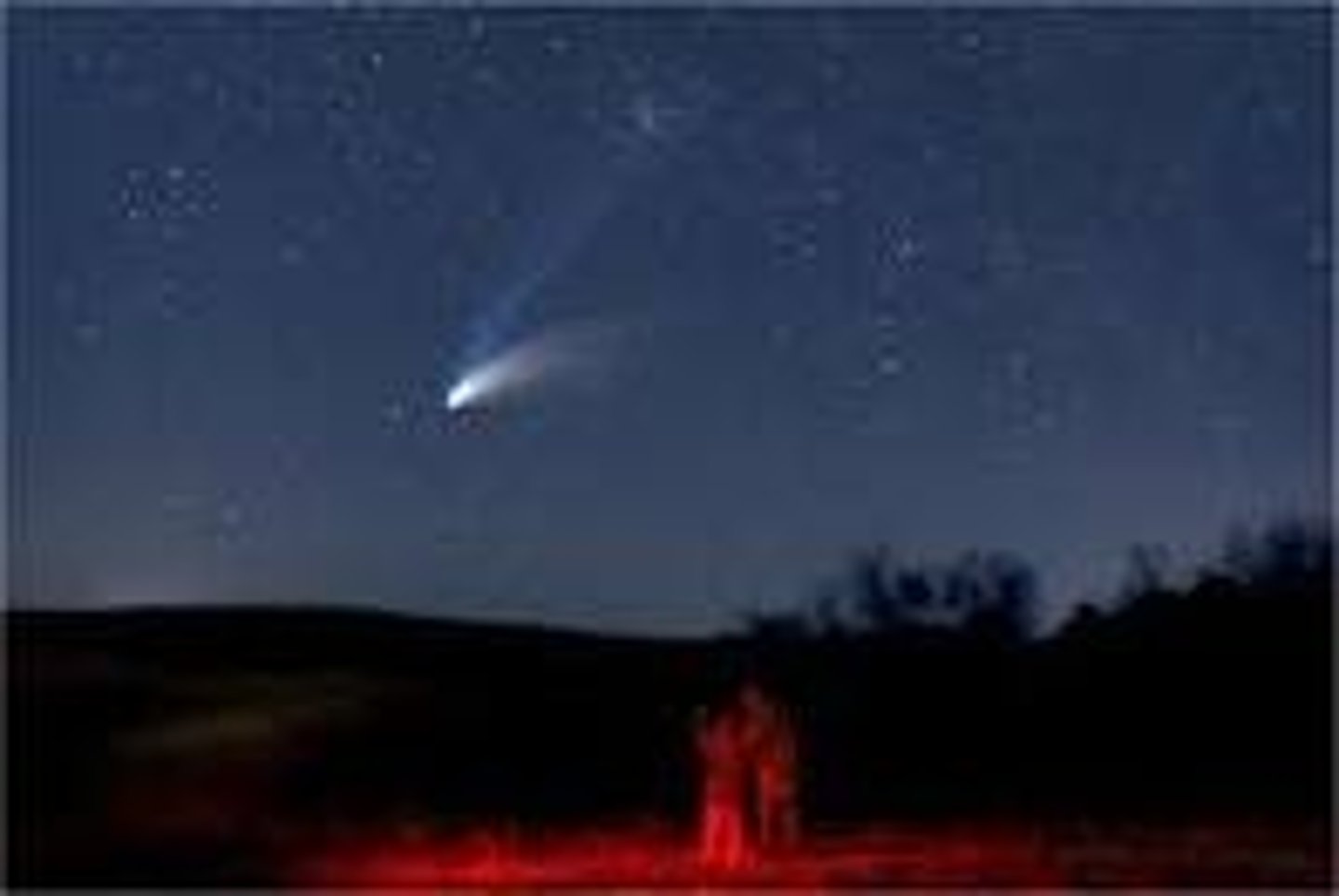
Meteoroid
A chunk of rock or dust in space
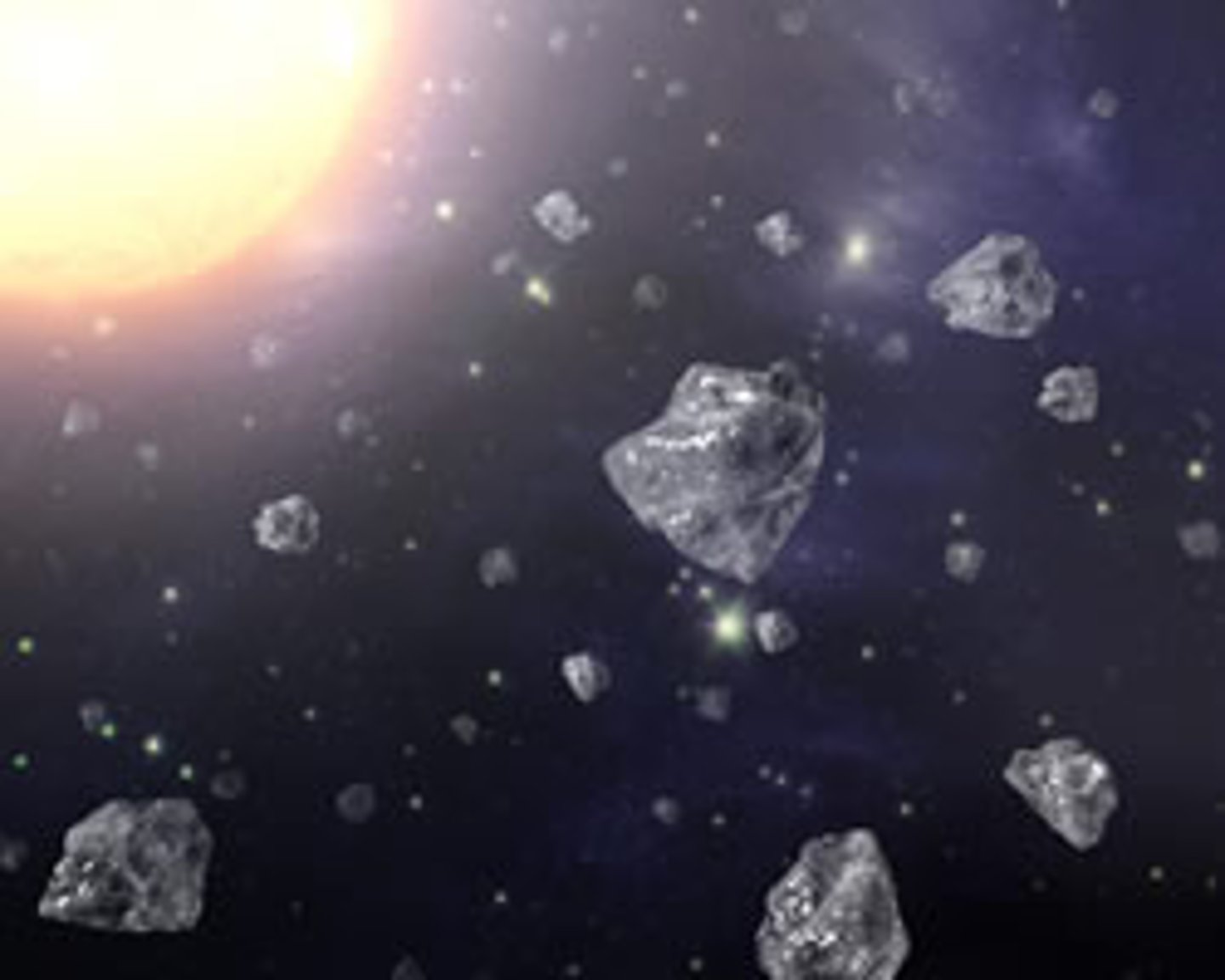
meteor
a rock burning in the atmosphere
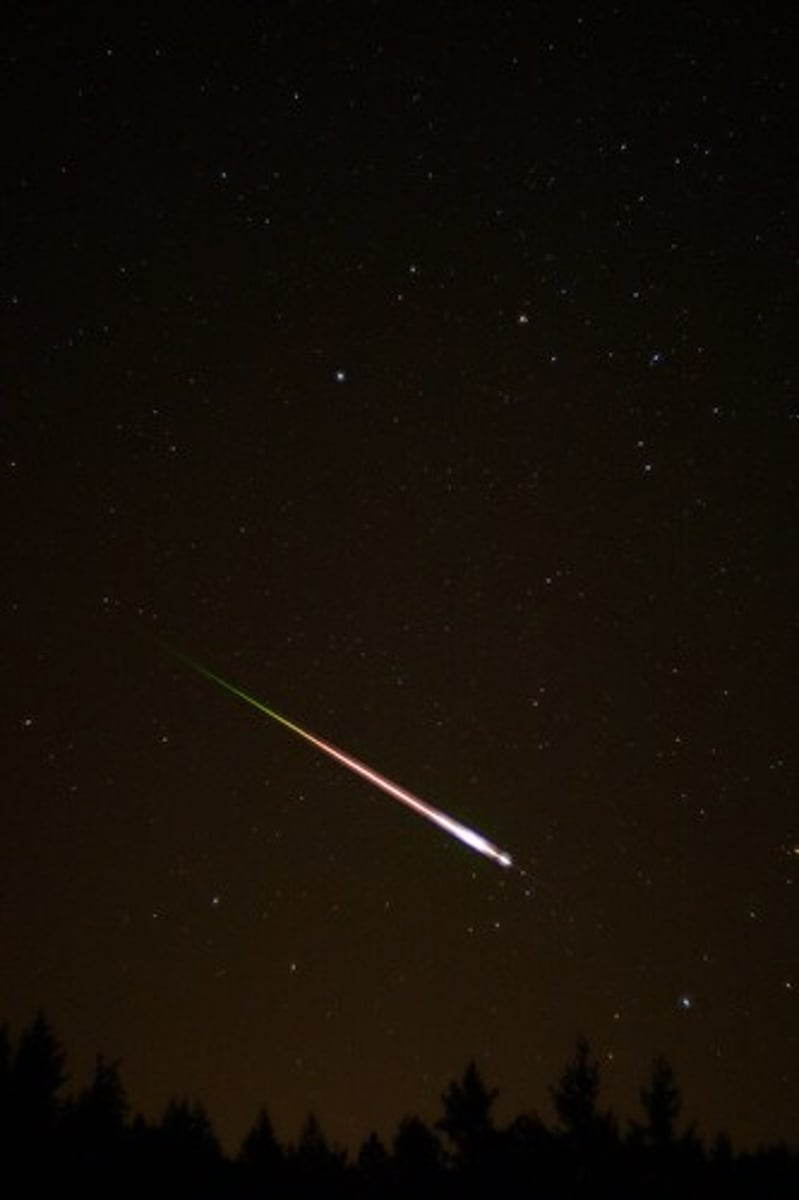
meteorite
A meteoroid that passes through the atmosphere and hits Earth's surface.
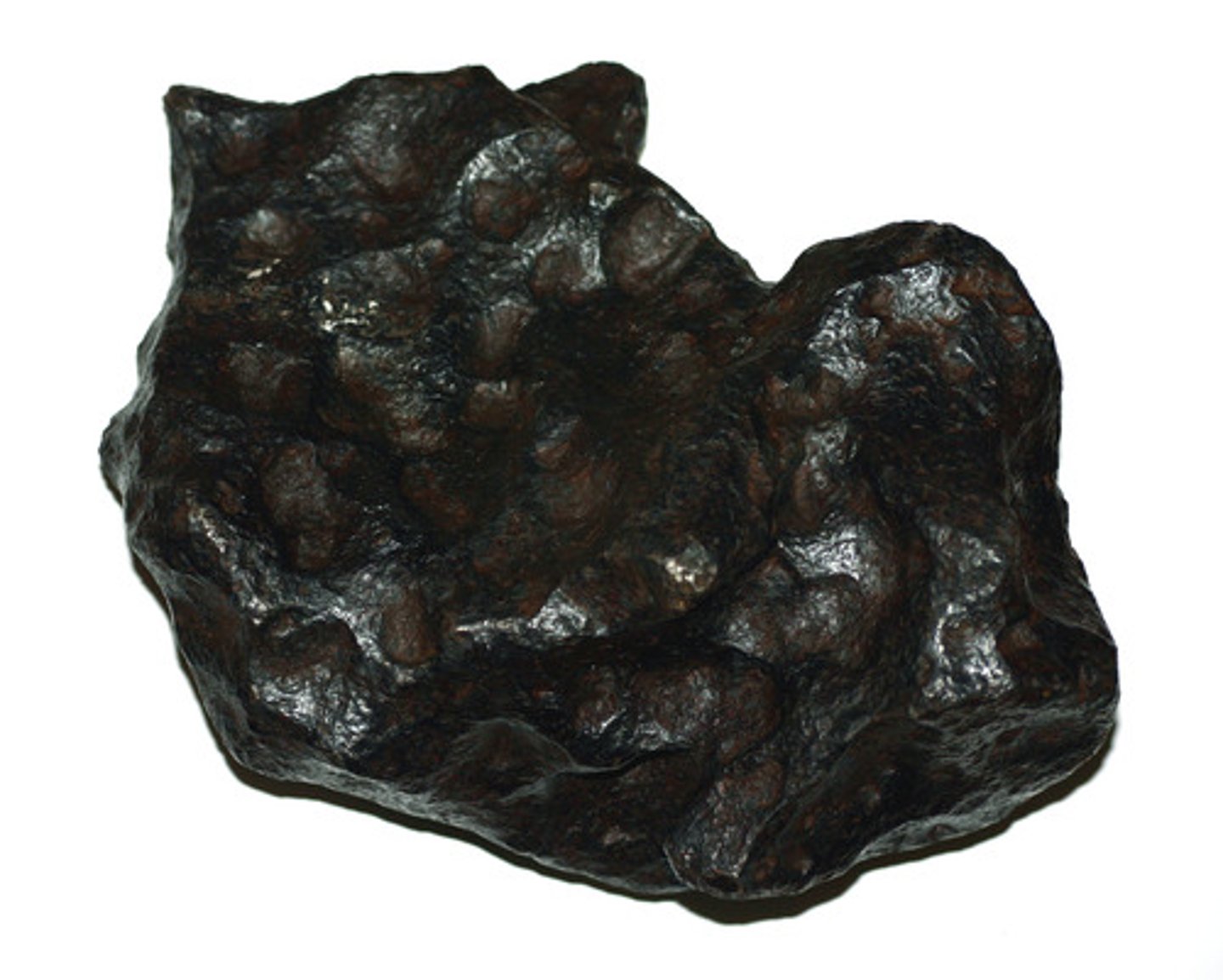
Azimuth
A horizontal angle measured clockwise from north or south.
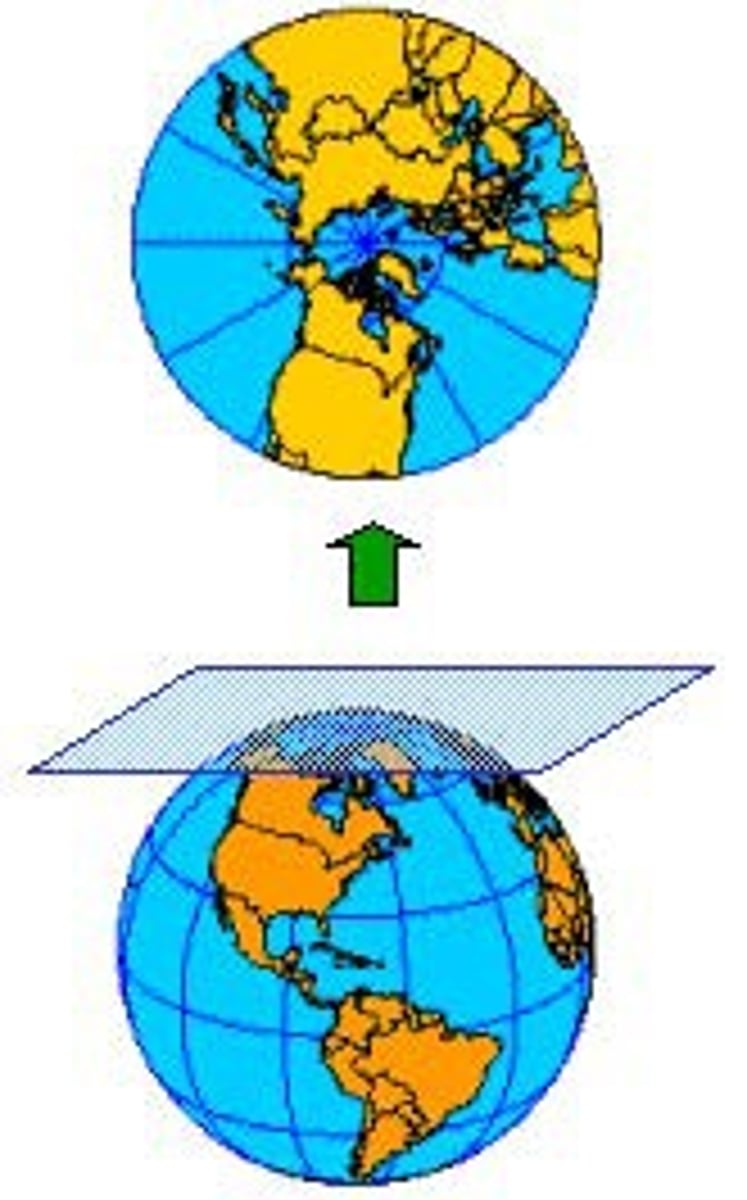
altitude
height above eye level or the horizon
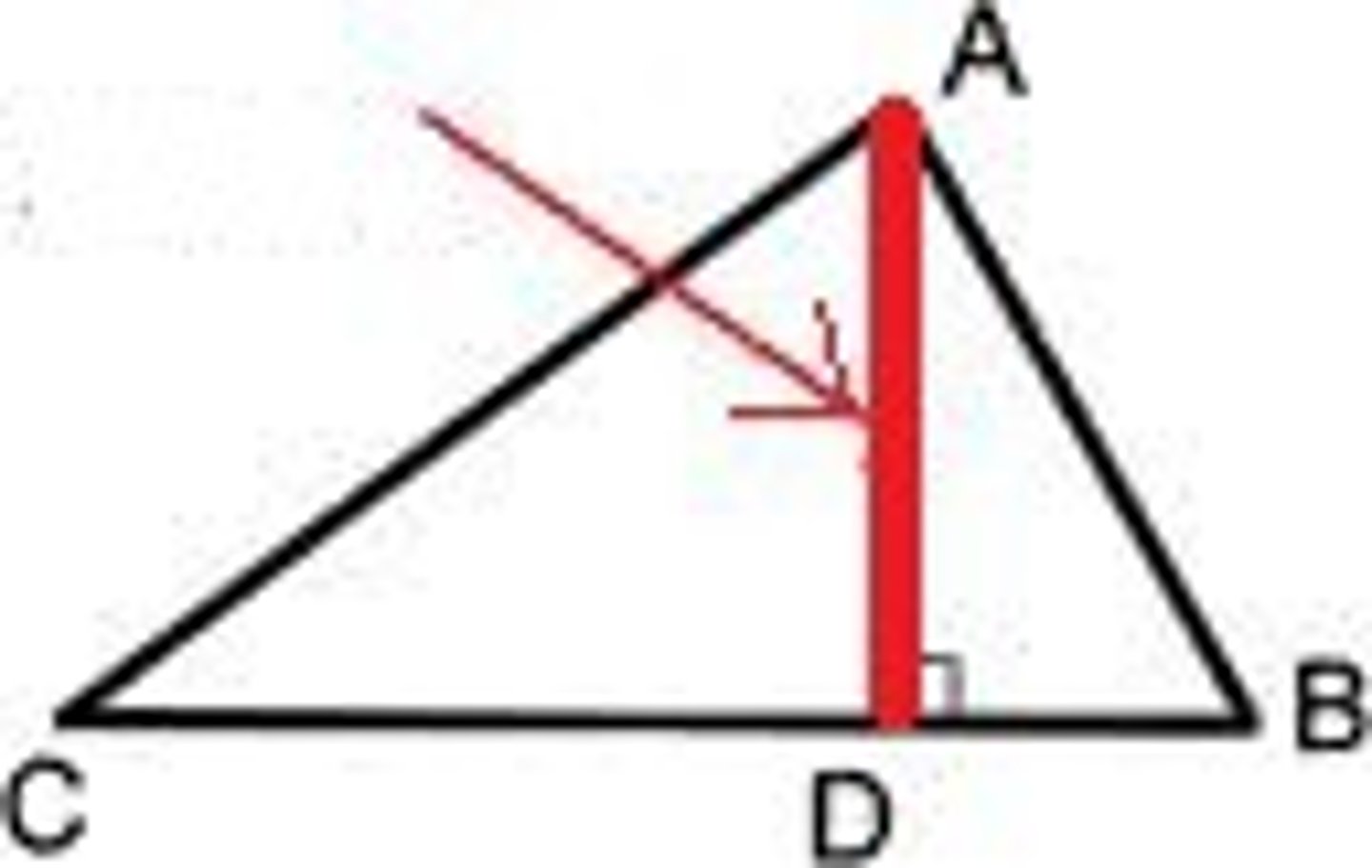
microgravity
the condition of experiencing weightlessness in orbit
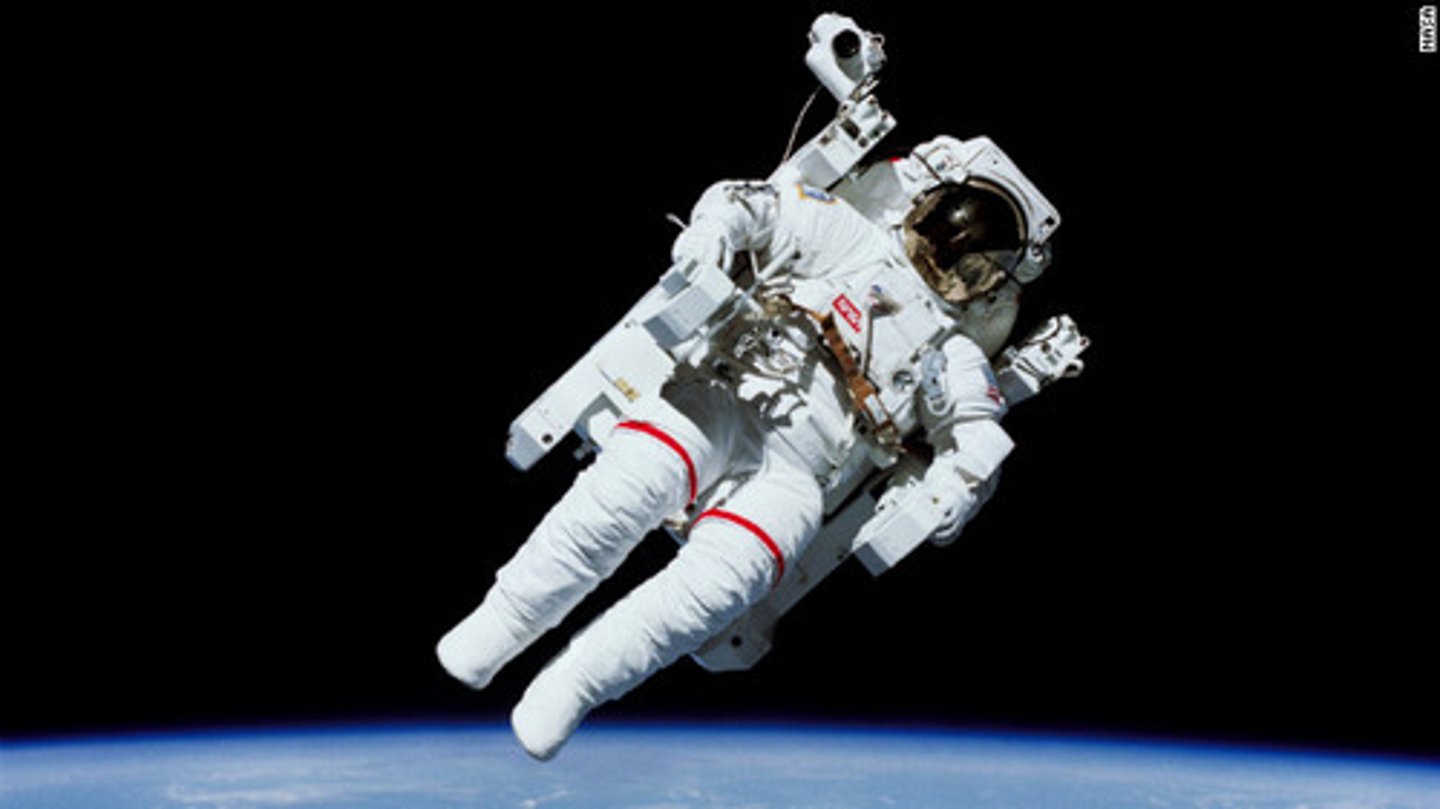
natural satellite
objects that orbit the earth that are not man made - the moon is an example

refracting telescope
a telescope that uses a converging lens to collect light.

reflecting telescope
a telescope in which a mirror is used to collect and focus light.
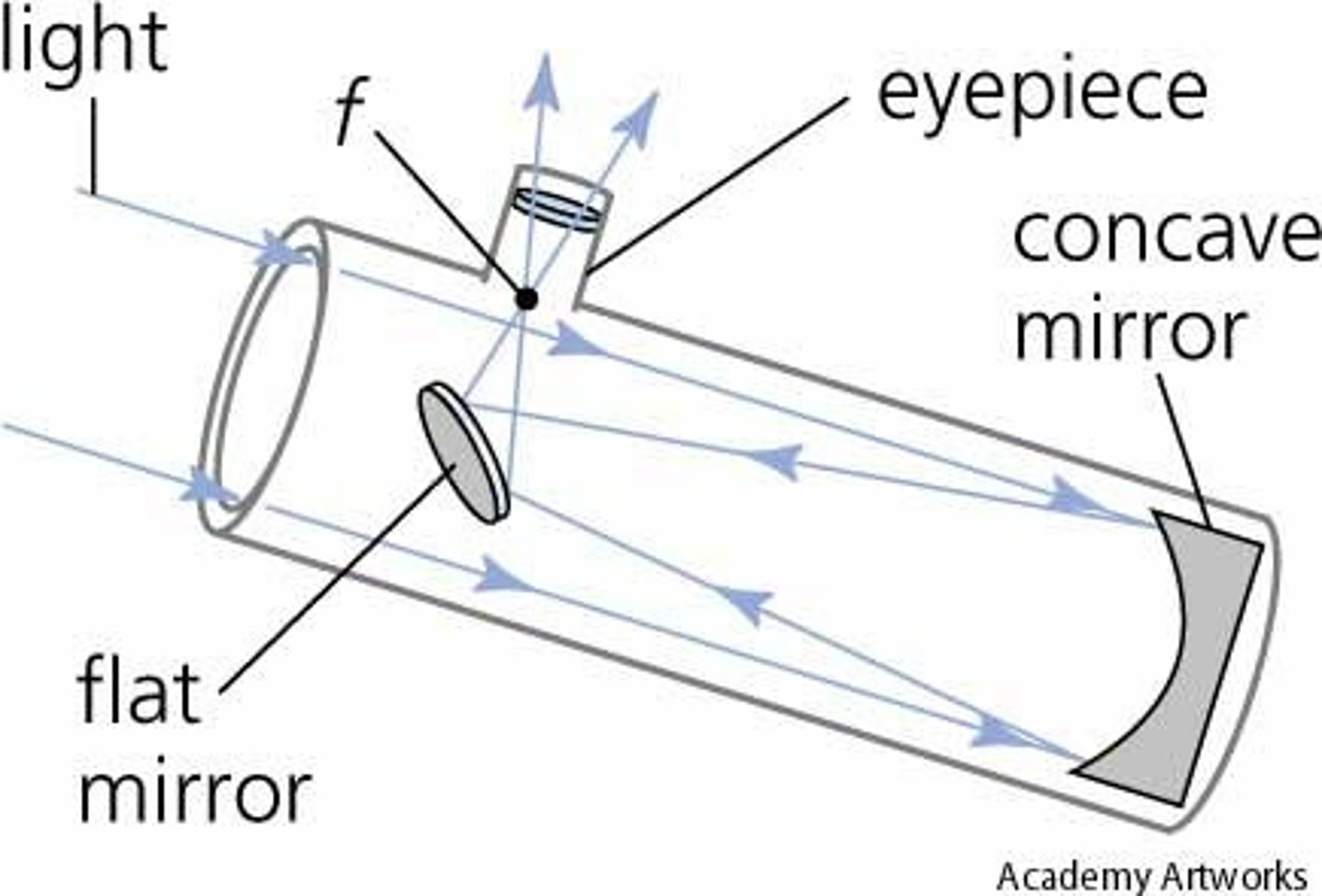
interferometry
process that links separate telescopes so they act as one telescope, producing more detailed images as the distance between them increases.
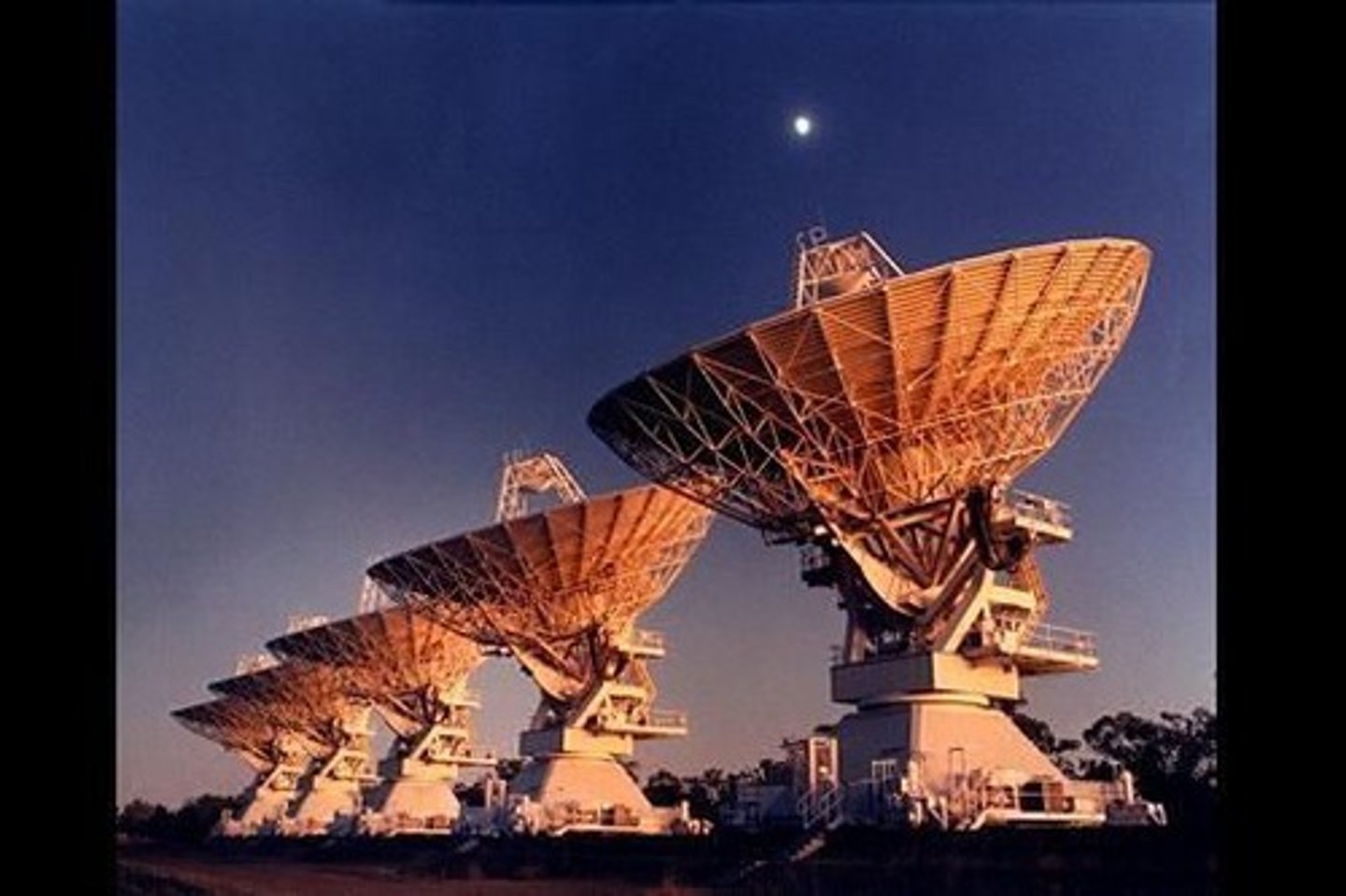
. Hubble Space Telescope
this telescope has improved our knowledge of the Universe
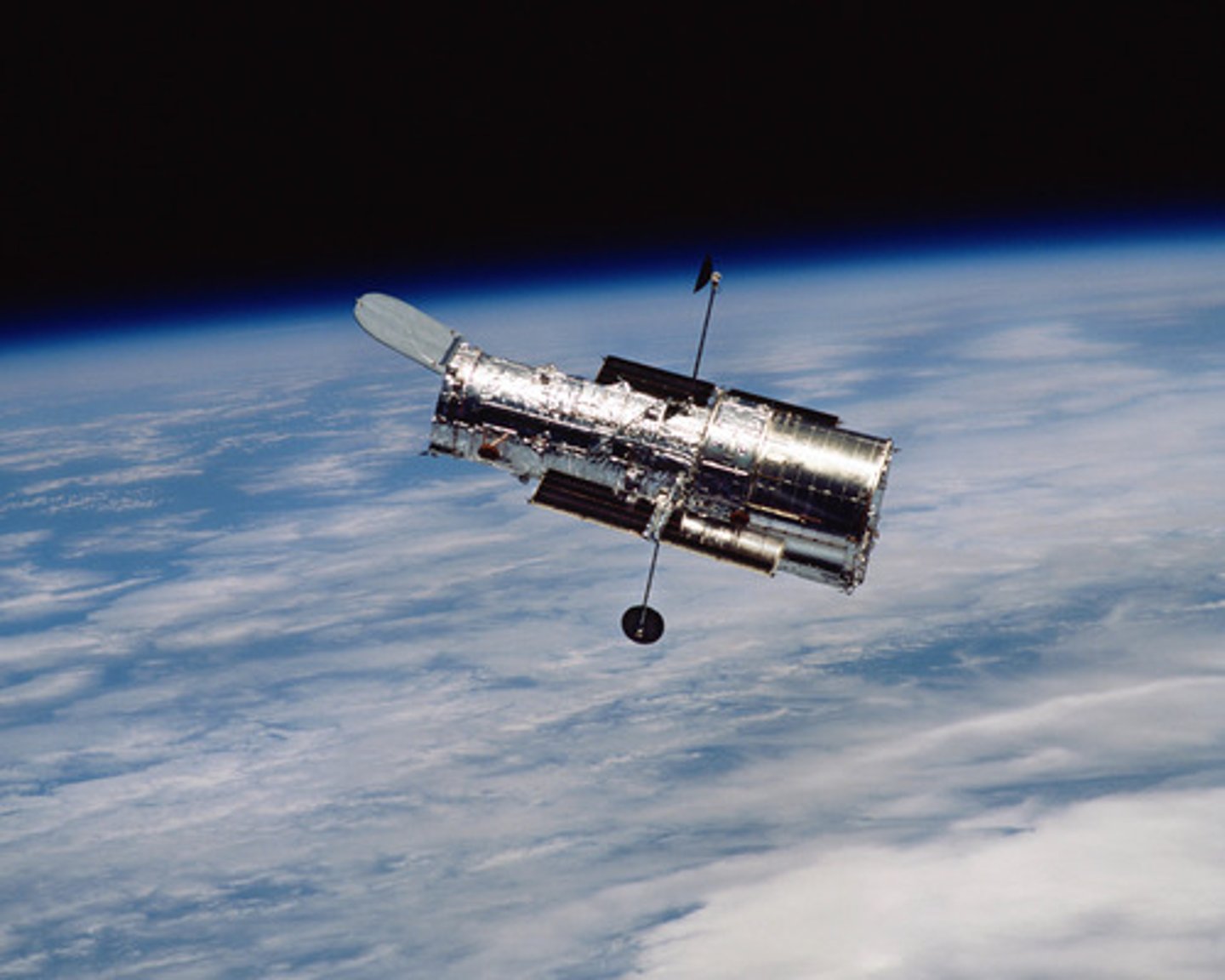
electromagnetic spectrum
the complete range of electromagnetic waves placed in order of increasing frequency
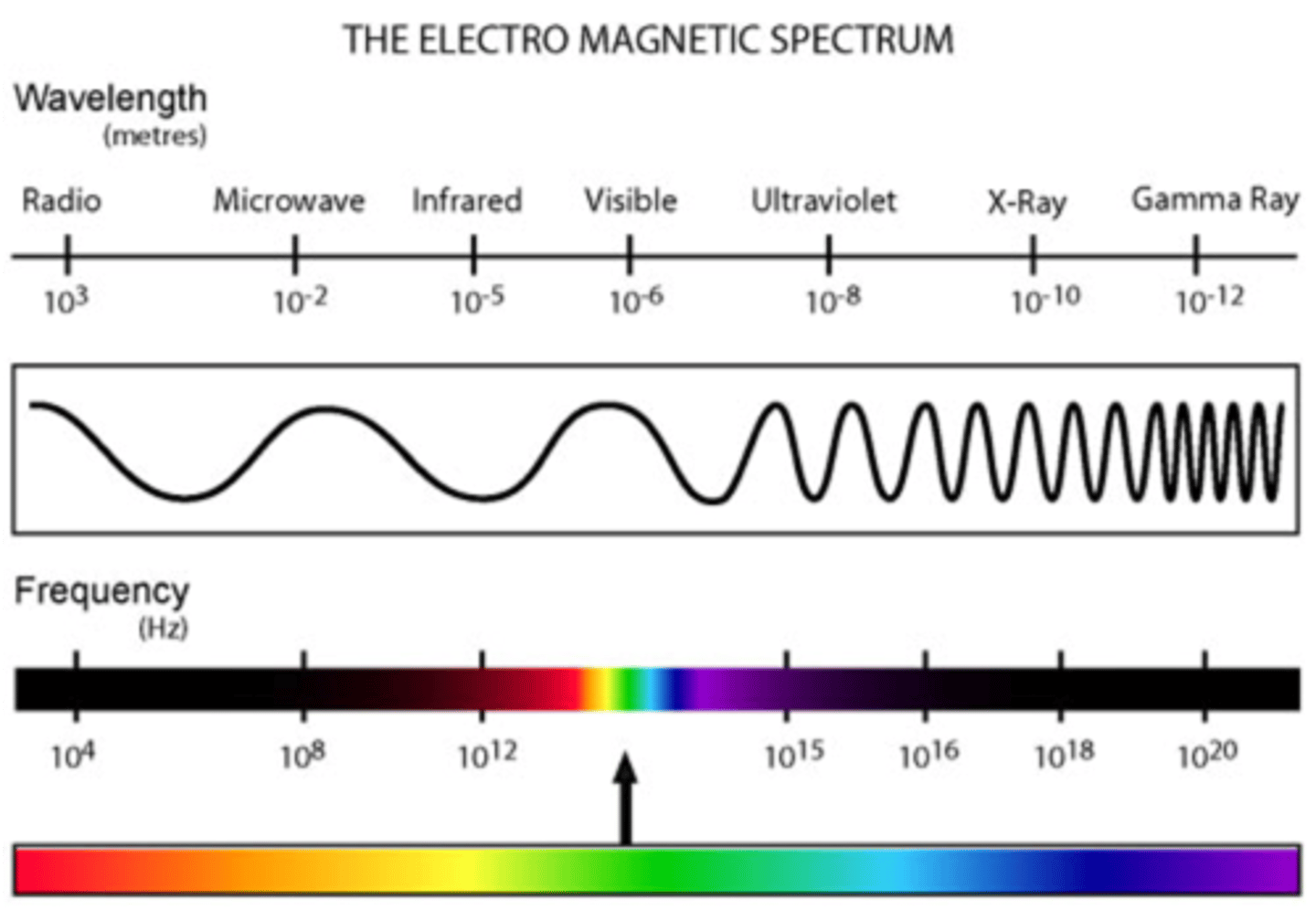
radio telescope
A device used to detect waves from objects in space
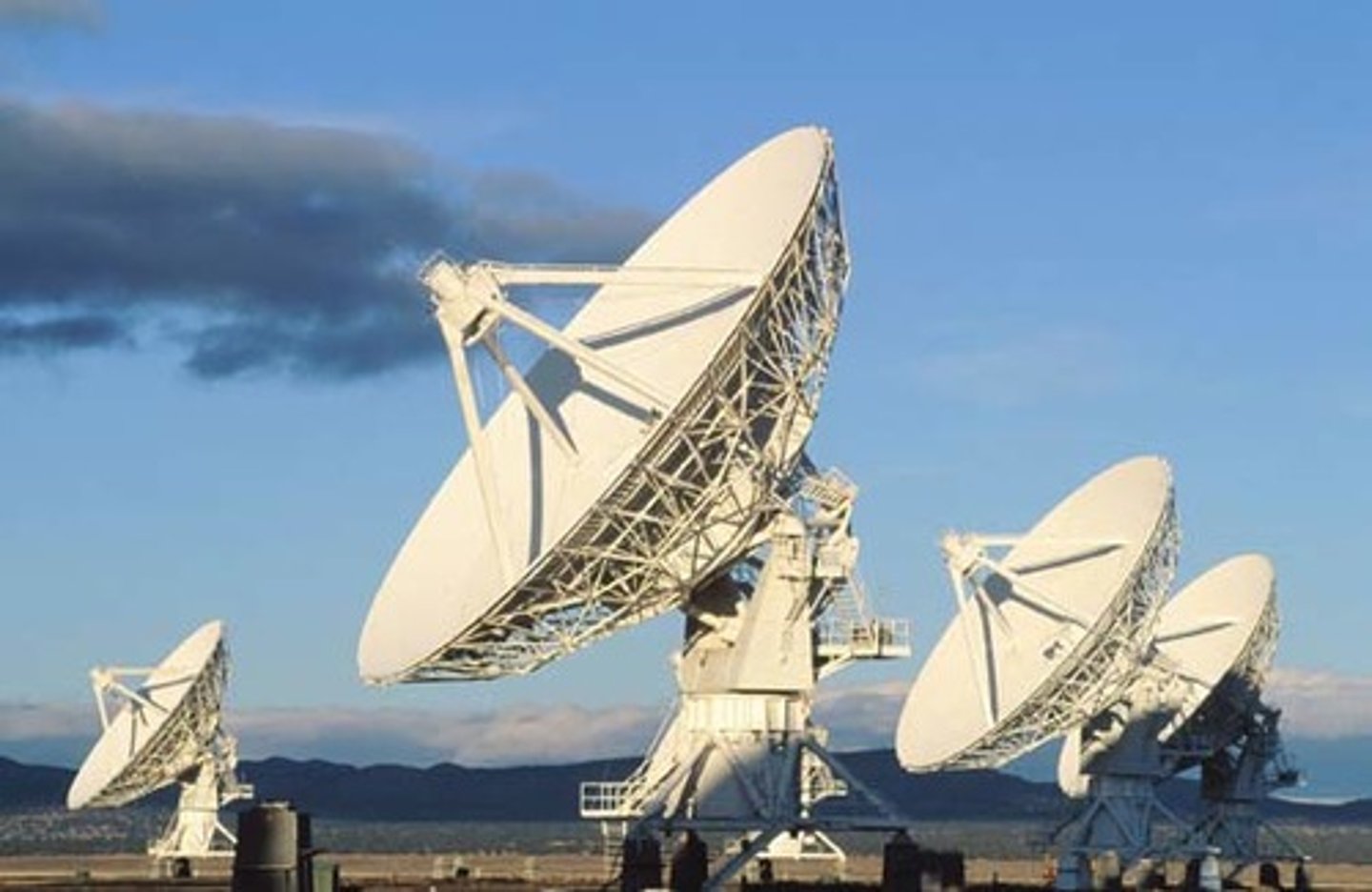
space probes
A vehicle that carries scientific instruments to planets or other bodies in space

Doppler Effect
An observed change in the frequency of a wave when the source or observer is moving

interstellar matter
Debris from artificial objects orbiting earth

Radio waves
Electromagnetic waves with the longest wavelengths and lowest frequencies
Gamma Rays
Electromagnetic waves with the shortest wavelengths and highest frequencies
artifical satellite
any human-made object placed in orbit around a body in space
Payload
The cargo carried by a rocket.
propulsion system
a set of parts that produces a force to make a rocket move
guidance system
gets the rocket to its destination; the brain of the rocket
Nebula
A large cloud of dust and gas in space
Protostar
the earliest stage of a star's life
Black Dwarf
A white dwarf that has burnt out completely.
vortex
whirpool, circular movement
neutron star
the small, dense remains of a high-mass star after a supernova